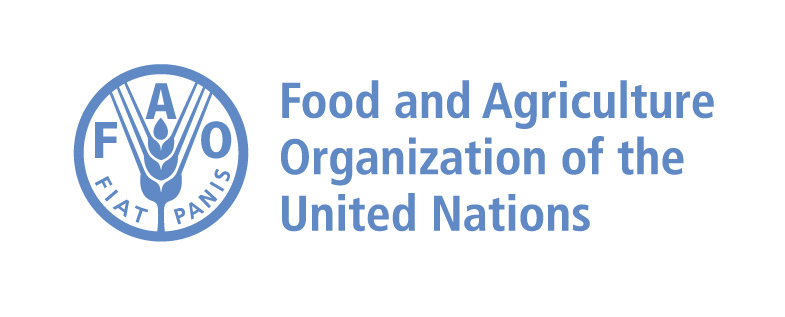Resource information
This Agricultural Sector Development Strategy (ASDS) is the overall national policy document for the agricultural sector ministries and stakeholders in Kenya. The agricultural sector comprises the following subsectors: crops, livestock, fisheries, land, water, cooperatives, environment, regional development and forestry. The sector also includes the development of arid and semi-arid lands. The Policy is divided into 9 Chapters: Background (1); Characteristics of the Agricultural Sector (2); Features of Agricultural Services (3); Challenges, Opportunities, Vision and Mission (4); Subsector Strategic Focus (5); Production Factors Strategic Focus (6); Enabling Factors (7); Organizational and Implementation Structures (8); Coordination, Monitoring and Evaluation (9).The overriding goal of the Strategy is to achieve a progressive reduction in unemployment and poverty, and an increase in food security. The overall development and growth of the sector is anchored in two strategic thrusts: increasing productivity, commercialization and competitiveness of agricultural commodities and enterprises; and developing and managing key factors of production. Although the Strategy emphasis the role of the agricultural sector as a key driver in achieving economic growth, it also underlines the need to develop and prudently manage factors of production such as land, water, inputs, and financial resources. The Strategy addresses various key constraints and challenges, including: reduced effectiveness of extension services; inadequate infrastructure; insufficient water storage infrastructure; inadequate disaster preparedness and response; low and declining soil fertility; inappropriate legal and regulatory framework; lack of coherent land policy; heavy livestock losses to diseases and pests; pre- and post-harvest crop losses; and limited access to capital. Food and nutritional security for all Kenyans ("food-secure nation") is one of the main goals of the Strategy and shall be attained especially by increasing smallholder productivity.The Strategy focuses heavily on economic growth in the agricultural sector and takes into account regional and international initiatives such as the Comprehensive African Agricultural Development Programme (CAADP), which recognizes agriculture’s contribution to accelerated economic growth in African countries. Subsector strategic focuses include: crops and land; livestock, fisheries and cooperatives. The Strategy addresses agricultural growth in a balanced and integrated manner focusing also on production-enabling factors: water resources and irrigation development (including rehabilitating and protecting water catchments); land use; subsector policies, developing northern Kenya and other arid lands; developing river basins and large water body resources; developing forestry and wildlife resources. It also focuses on environmental protection issues and especially ecosystem preservation.The Government will develop a gender policy for the agricultural sector and promote integrated community programmes that support empowerment ventures and reduce poverty in rural areas. The Strategy underlines the importance of the strengthening of user associations including irrigation water users’ associations. The Strategy also aims at enhancing farmer access to affordable inputs and credit.The Strategy will support innovative private sector activities or public–private partnerships that promote market-driven production, processing and marketing initiatives through the establishment of an Innovation Fund for Agriculture and agribusiness. Appropriate credit packages for small-scale producers will be developed to facilitate access to key input. Appropriate mechanisms will be developed and operationalized to facilitate increased participation of local-level governance and development structures (LLGs) in fiscal responsibilities including sourcing, and accounting and auditing of local resources, taxes and grants provided by the Government and donors.Inadequate disaster preparedness and response is recognized as a key constraint to the development of the agricultural sector.


